
The witness is Mr. Huynh Van Thinh (born in 1945), from Duy An commune, Duy Xuyen district. He currently lives in Da Nang city.
Mr. Thinh said that in 1964, he received a mission order from the Quang Nam Sub-region Command and was assigned to the Hoang Sa Soldier Platoon to perform duties on the island. In 1965, he returned to the mainland. During his time living in Hoang Sa, he studied the terrain here and drew it on a special drawing.
Hoang Sa is known as an island surrounded by coral reefs, when the water is low, each reef has many colors shining with the waves. On the east side of the island, there is a pier built for easy boarding and disembarkation.
From the wharf to the center is an iron rail, about 400-500m long. The use and probably the main reason for establishing this rail is to transport phosphate - a valuable commodity with large reserves on the island. This rail was later replaced with concrete material, about 50m long.
The presence of bulldozers and stone crushers in the painting is probably also for the purpose of phosphate mining. Since the early 20th century, a Japanese company came here to mine phosphate and pay taxes. This lasted for about 30 years and became one of the main economic activities taking place on the Paracel Islands at that time.
Inside the island, a level 4 house was built to serve as a place for the garrison army. Around the house, there is a rainwater tank, supplementing a large amount of water for daily use. A few hundred meters from the house, there is an ancient freshwater well, about 1.5 meters in diameter.
Next to this building is a building reserved for the staff of the Meteorological Station. Every day, the staff has a few hours to measure and process data on humidity, temperature, rain, wind... and report to the mainland.
This station was built in 1938 under the Da Nang Meteorological Center. According to researcher Bui Van Tieng, the station staff worked on a yearly basis or on a rotation basis every few months. The supply of food and materials for this station was handled by the Administration Board at the Meteorological Center in Da Nang.
There are many trees on the island, but they are usually small trees with a height of less than 2m. Forest trees surround almost all four sides of the island, but are most concentrated on the west side. During the Nguyen Dynasty, many ships passing through here often ran aground due to encountering large reefs and coral reefs.
King Minh Mang ordered the navy and Hoang Sa team to plant trees on the island to help ships identify the direction of shallow water to avoid disaster.
In the memories of many witnesses, this could be considered a low forest, with willows, coconuts and noni trees. This was also a cemetery for the unfortunate people who died at sea. The graves were completely made of sand and soil and were interspersed.
Standing on Hoang Sa island, one can see some small islands around. Don Can island, Chim island... In the memories of many witnesses, they recorded that, occasionally, they moved to other islands to examine the situation and catch seafood for food. Later, to ensure safety, this was banned.
Hoang Sa is a sacred part of Vietnam. Somewhere, every time he recalls the memory of going to Hoang Sa, the painting drawn from his memory reminds him that Hoang Sa is always present in the hearts of the Vietnamese people.
Source



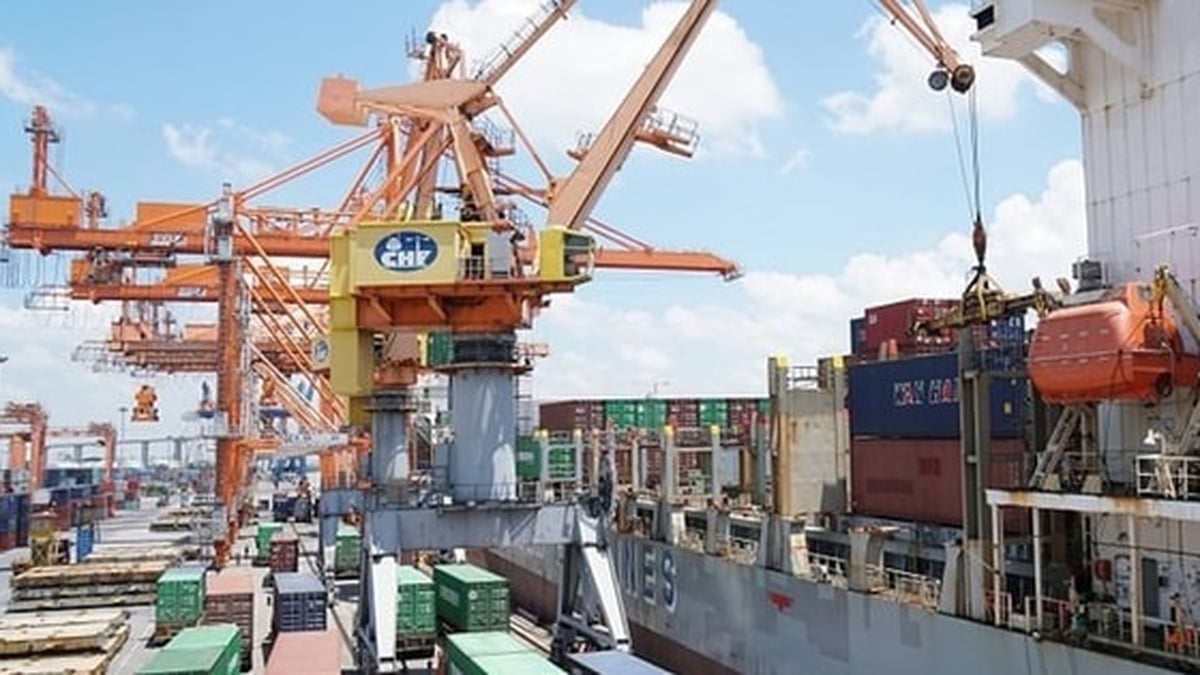




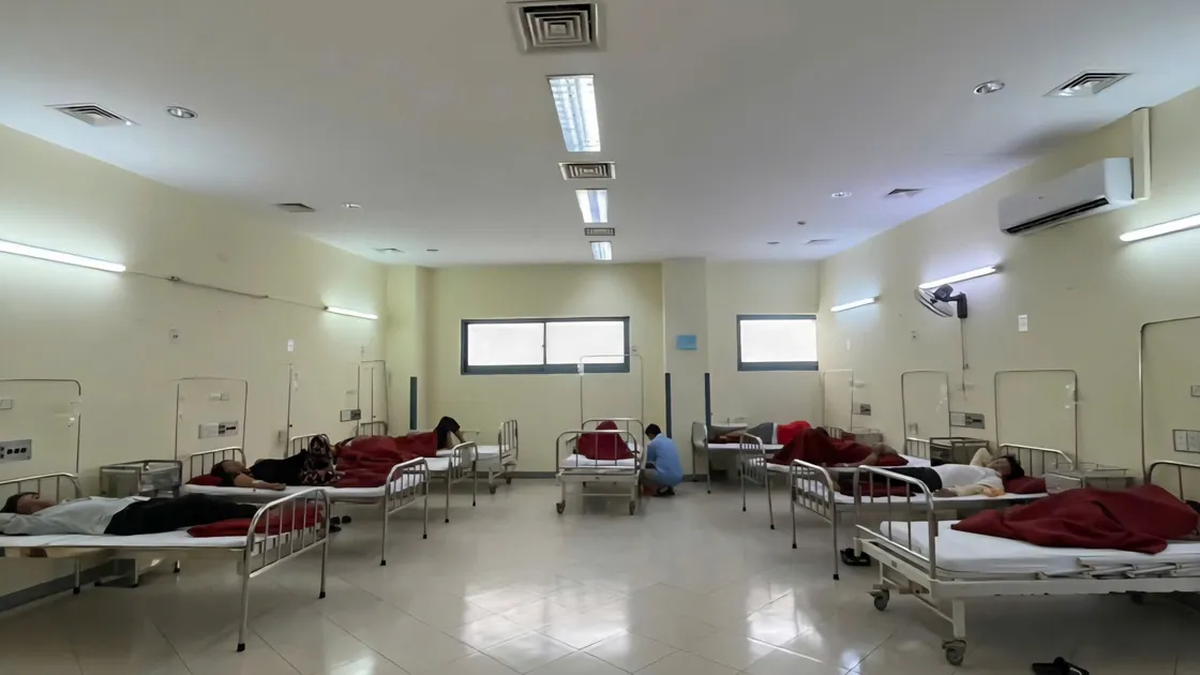
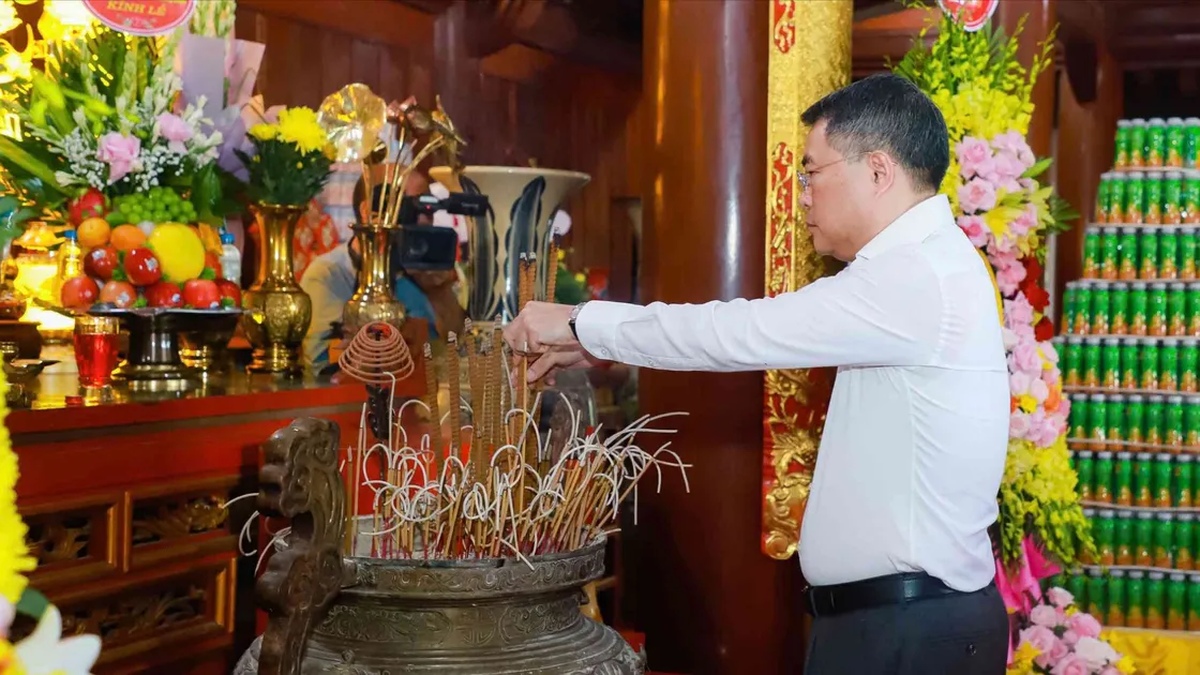

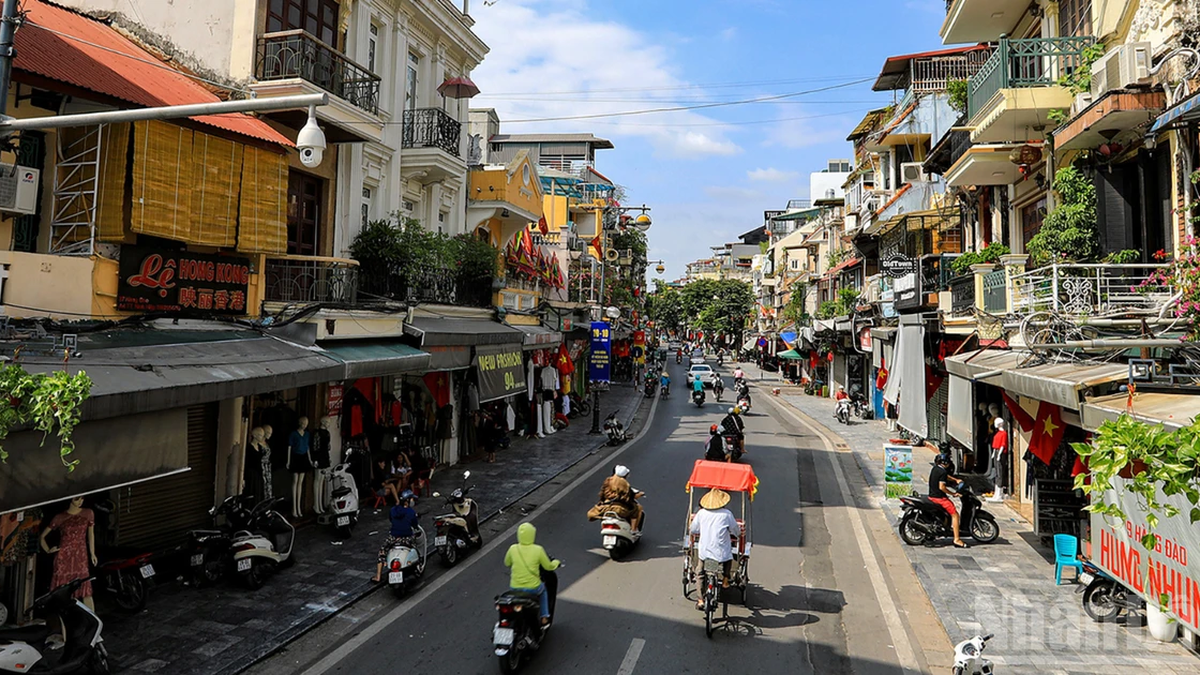












![[Photo] National Assembly Chairman Tran Thanh Man visits Vietnamese Heroic Mother Ta Thi Tran](https://vphoto.vietnam.vn/thumb/1200x675/vietnam/resource/IMAGE/2025/7/20/765c0bd057dd44ad83ab89fe0255b783)



































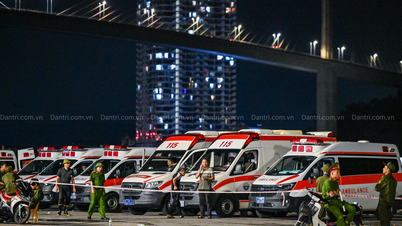


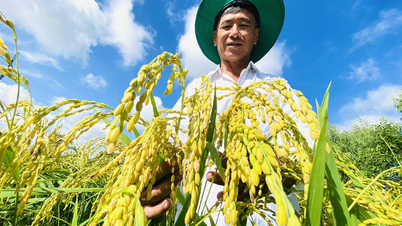
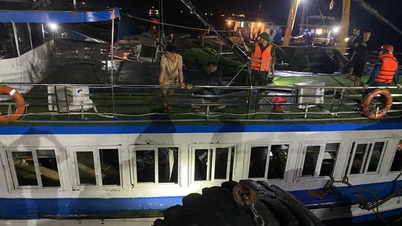
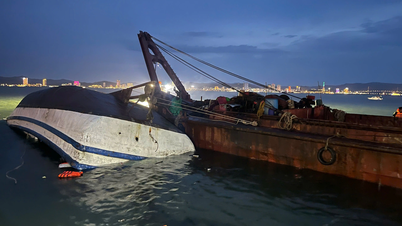





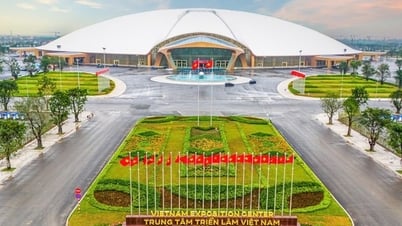


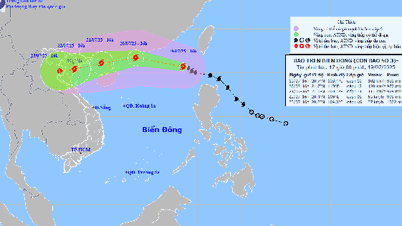
























Comment (0)